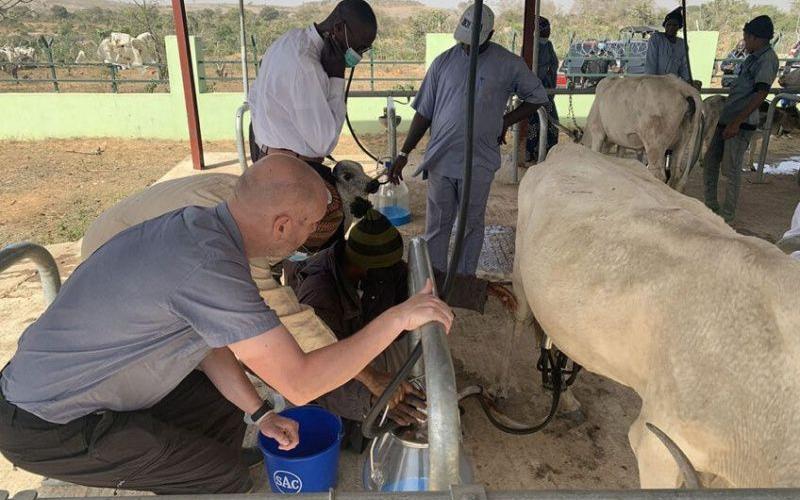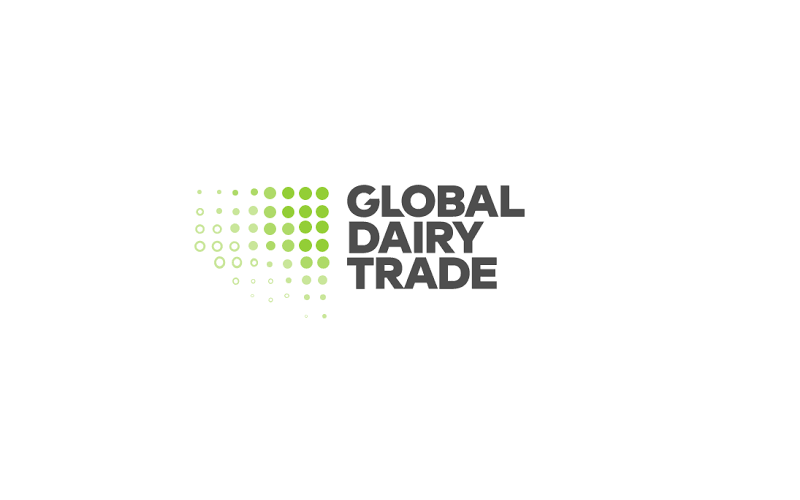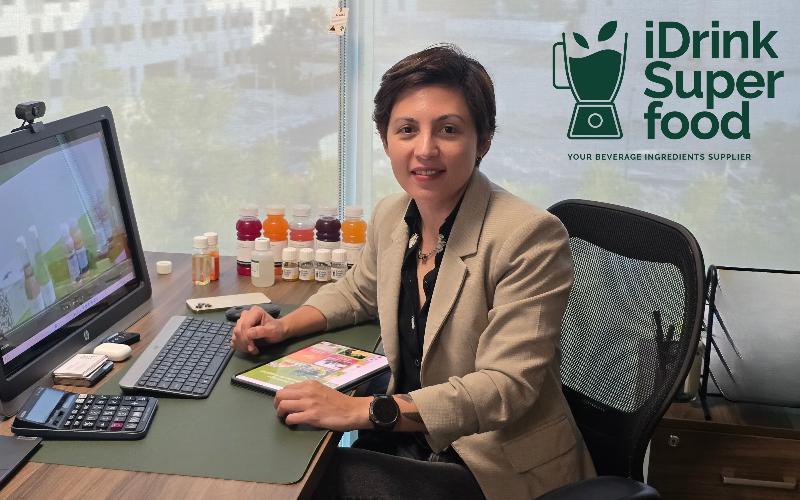Nigeria's Dairy Sector: Challenges and Opportunities
Sourse: dairynews.today
Nigeria's dairy industry shows potential but requires a coordinated, long-term strategy to tackle its reliance on imports and improve local productivity.

Nigeria's dairy sector is caught in a paradox of potential and underperformance. Despite an estimated 20 million cattle and vast grazing lands, the country's milk production falls short, with local output averaging just 0.5 litres per cow daily compared to European breeds' 20-30 litres. Annually, Nigeria spends over $1.5 billion on milk imports, meeting only 35% of its 1.7 million metric tonne demand domestically, which stresses its economy and foreign reserves. Efforts to transform this sector, such as the National Livestock Transformation Plan (NLTP 2019-2028), have faced political resistance and funding delays. While the NLTP aimed to modernize livestock grazing, results have been mixed due to limited state participation.
Local initiatives like importing Danish dairy cattle or focusing on advancing local breed genetics through assisted reproductive technologies (ARTs) have been met with skepticism about environmental adaptation and infrastructure readiness. Nigeria's indigenous breeds, primarily adapted for resilience rather than milk yield, alongside poor management practices, limited veterinary care, and inadequate feed and infrastructure, continue to hamper productivity. Stakeholders urge a shift towards strengthening local capacity through breed improvement, better management practices, and infrastructure investment to sustainably reduce import dependency.
Local initiatives like importing Danish dairy cattle or focusing on advancing local breed genetics through assisted reproductive technologies (ARTs) have been met with skepticism about environmental adaptation and infrastructure readiness. Nigeria's indigenous breeds, primarily adapted for resilience rather than milk yield, alongside poor management practices, limited veterinary care, and inadequate feed and infrastructure, continue to hamper productivity. Stakeholders urge a shift towards strengthening local capacity through breed improvement, better management practices, and infrastructure investment to sustainably reduce import dependency.











